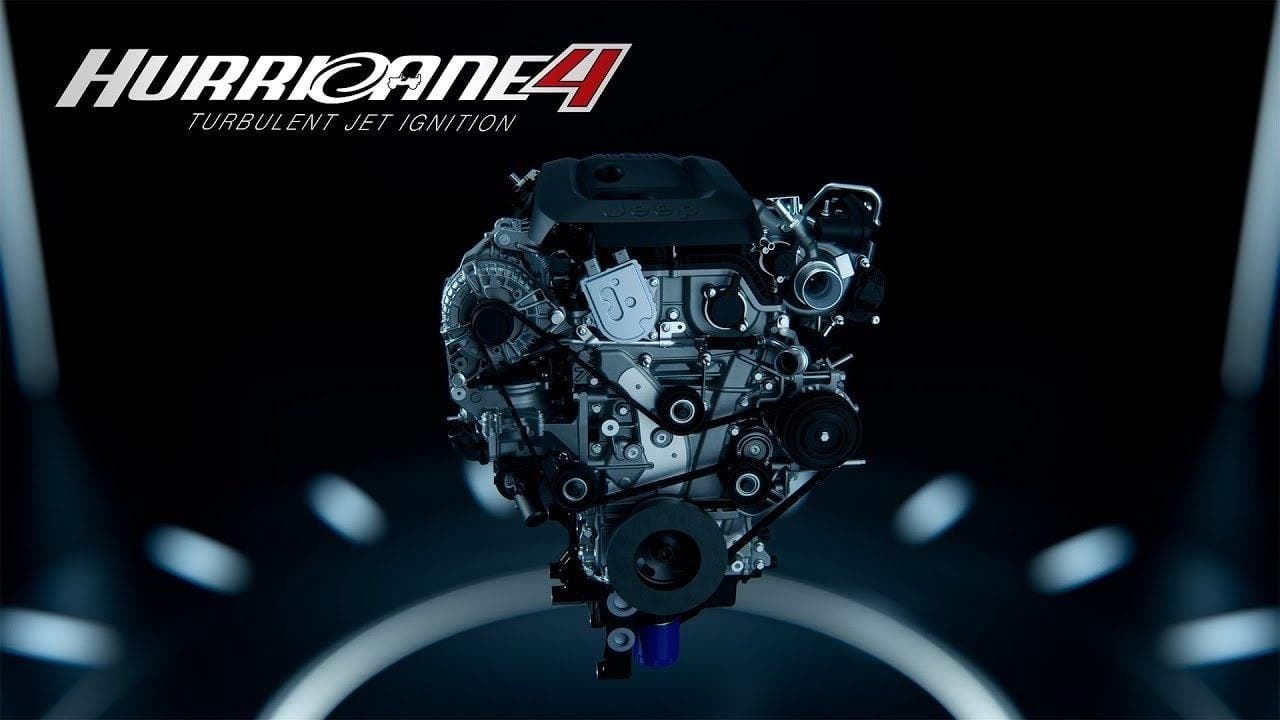Over the past few months, it had become increasingly clear that Stellantis was preparing a major overhaul of its strategy, both at the executive level and in its technical roadmap. One of the most significant and anticipated changes is the evolution of the powertrain that will finally replace the veteran Pentastar V6 in the United States.
Stellantis introduces F1-inspired Hurricane 4 Turbo for its U.S. lineup

The breakthrough arrives with the 2026 Jeep Grand Cherokee, which introduces the new Hurricane 4 Turbo. At first glance, this four-cylinder engine may seem related to the previous 2.0 GME used in the Alfa Romeo Giulia, Stelvio and Tonale, as well as the Dodge Hornet. In reality, the two units have very little in common. Aside from displacement and bore-stroke ratio, Stellantis has redesigned almost everything from scratch, keeping only a few minor parts.
The performance jump highlights this new direction. The old 270-hp, 400-Nm 2.0 turbo has been replaced by a 2.0 that delivers 324 hp and 451 Nm. This improvement comes from a variable-geometry turbocharger capable of operating at up to 2.4 bar. These are figures once associated with legendary rally cars such as the Mitsubishi Lancer Evolution, Subaru Impreza WRX STI, Ford Focus WRC and Citroën Xsara WRC.
Yet the real revolution lies in the technology inside the Hurricane. The engine uses a TJI (Turbulent Jet Ignition) system, a solution derived from Formula 1 and already adopted by Maserati on the Nettuno V6 of the MC20. A small pre-combustion chamber ignites a jet of mixture that enters the main chamber, improving efficiency and allowing a faster and more complete burn. The concept is similar to the Nettuno’s approach, although the four-cylinder implementation is more compact and lighter.

The new Hurricane will not be limited to the Grand Cherokee. In the United States, it will soon power the Wrangler, Gladiator, next-generation Compass, the new Cherokee and several upcoming Chrysler models. Since it is meant to replace both the older 2.0 turbo and the Pentastar V6, it will also appear in hybrid and plug-in hybrid versions.
Stellantis’ production plans underline the importance of this project. The Michigan plant is preparing to build 111 units per hour, a pace that suggests wide adoption across the group. As with the previous GME, it is entirely possible that the engine could reach future Alfa Romeo models, European-bound Jeeps or even certain Maserati vehicles.
There is, however, a certain irony in the timing. While Stellantis introduces the Hurricane to the U.S. market, Europe is getting the Ram Rampage equipped with the older 2.0 GME. This temporary overlap shows how fast the company’s strategies are evolving as it adapts to a more demanding industrial landscape.

